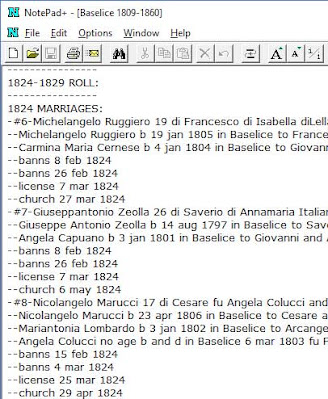You bet. Last night I went with my husband and his sister to an exhibit at the FDR Library and Museum in Hyde Park, New York. It was a wonderful exhibit (see the virtual tour), and we were treated to a guided tour by the curator and a docent who were very knowledgeable.
But the subject was an extremely painful part of my husband's family history: the shameful incarceration of all west-coast Japanese and American citizens of Japanese descent during World War II.
Before I met my husband I visited a similar exhibit at the Smithsonian in Washington, D.C. At that time I didn't know any Japanese Americans personally, but I was moved to tears by the images of American citizens being forced out of their homes, losing their businesses and possessions, their farms and houses, and sent to the middle of nowhere indefinitely under armed guard.
Last night, seeing images of the very camp where my in-laws were kept and where my husband's great grandfather died made me cry and made me sick to my stomach. But this is an enormous part of my husband's family history and worth preserving. The experience certainly shaped my late father-in-law's character, and that was not lost on his children.
I may spend countless hours gathering names and expanding my tree, but an exhibit like this provides so much insight into the character and experience of our ancestors. It is priceless.















